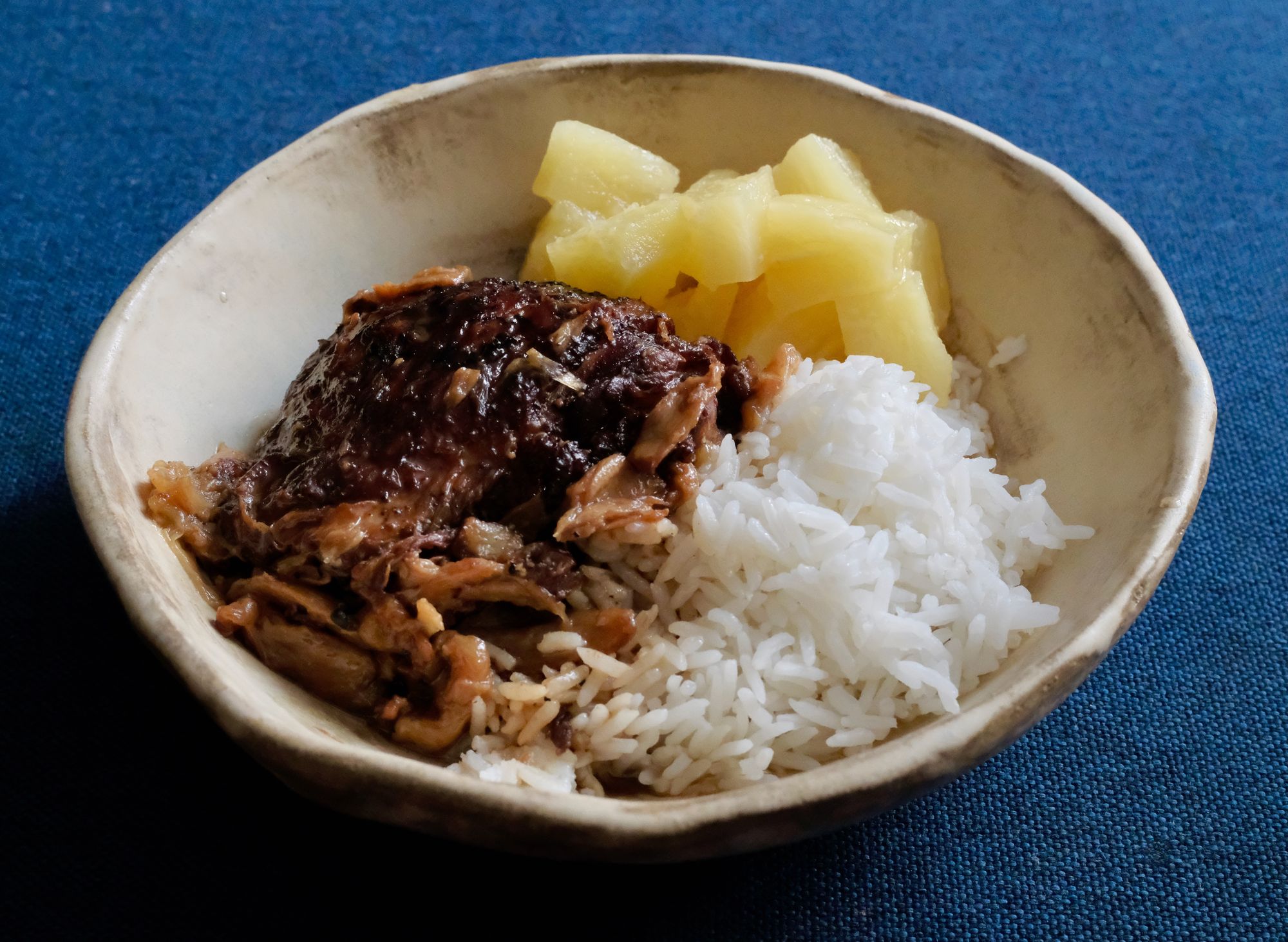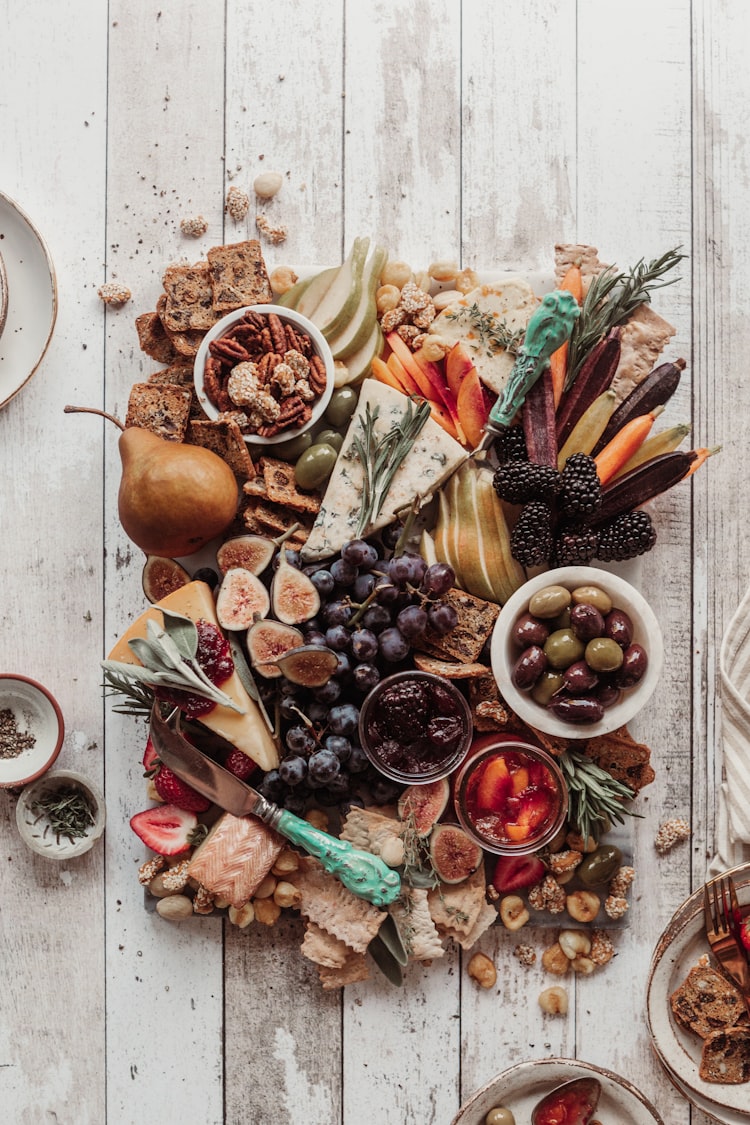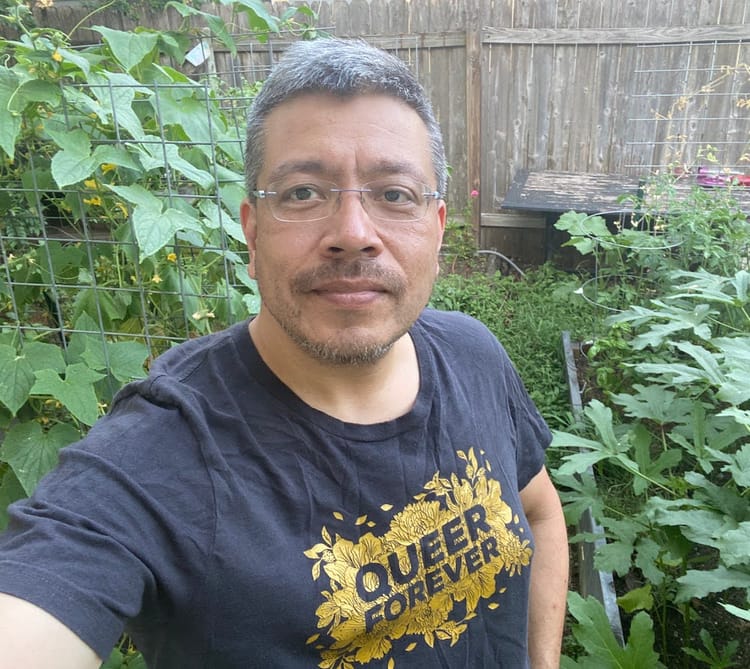The Vinegar Matters | Adobo

Matthew Marco is a Filipino-American web designer based in New York City.
I didn’t begin to truly understand adobo until I had to shop for vinegar to make it for myself. I've eaten adobo enough to call it a staple of my diet, most often chicken but sometimes pork, most often my mother’s recipe but sometimes at restaurants. My mother reserved cooking chicken adobo for special occasions, but it wasn’t strictly limited to those. It took hours to prepare either way. She’d put the old slow cooker into service. She’d don protective eyewear when it came time to transfer the just-cooked pieces of garlic and chicken into a pan to deep-fry. On the rare occasions we hosted friends, it was, for many, the first time they tried adobo. Friends I’ve kept long enough recall those first experiences of adobo, now decades later. For many friends, it was their first time having Filipino food at all.
I had to shop for vinegar to make adobo for myself because, after college, I left my parents’ home in the LA suburbs and moved to Washington DC. My mother joined me on that first trip in June 2005 to help me get settled. She cooked chicken adobo in the kitchen of my new apartment. However, it was a new apartment with an empty kitchen: no chicken, no garlic, no bay leaves, no black pepper, no soy sauce, and—most challenging—no vinegar.
When I left LA for DC, I swore to live as close to my office—to the urban center—as possible. I’d spent my college years commuting several hours daily between suburbs in LA traffic, and I wanted a different lifestyle when I moved to DC. This came with a new problem: there aren’t a lot of Filipinos in the urban center of DC, and no grocery stores that cater to them. There was no Filipino vinegar—sugar cane, coconut, or otherwise—available a short walk from my new home.
My mother cooked chicken adobo with Kikkoman soy sauce and apple cider vinegar that week. It was still delicious, but noticeably different. The method yielded a chicken that was flavorful, with balanced sweetness and savoriness. If you cook a piece of chicken long enough, with its bones and skin, you get the depth that comes from cooking a piece of meat in its own fat, with all of the sugars from every ingredient released and intermingled. Still, the vinegar matters.
I didn’t make adobo for a while after that first week in DC. I lived alone and wasn’t comfortable cooking a complex recipe yet. But my mother left me with the recipe, and the very serious admonition: the vinegar matters.
The time I spent learning about Filipino foodways in the years since I left LA—reading Doreen Fernandez and Clinton Palanca and Angela Dimayuga and Nicole Ponseca—taught me about the importance of souring agents in adobo, among other dishes in our cuisine. In her iconic essay “Salty and Sour, Bitter and Sweet: Philippine Flavorings,” Doreen Fernandez called attention to “the Filipino preference…for palm or cane vinegar as flavoring” among the sources of sourness in the Philippine palate. The vinegar matters.
Adobo is the national dish of the Philippines, but every household makes it their own. I cook it with chicken, but I’ll cater to vegetarians by cooking it with cauliflower. I serve it with steamed California rice. I serve it with pineapple, most often canned. When I am in a fancy mood, I’ll get a nice, fresh pineapple and carve it into long spears. I’ll chop fresh mint leaves into thin ribbons and garnish the pineapple with them. I serve it with Huy Fong sriracha sauce, for those who prefer to make the meal spicy as well. My way of eating adobo is an American way. But the vinegar must be a Filipino vinegar.
It must be a Filipino vinegar because it is the dominant flavor note. So often in my journey as a chef, I’ve added a splash of vinegar, citrus, or some other source of acidity to brighten a dish. In my adobo, the acidity is performed by the pineapple or the sriracha. In my adobo, the vinegar is not an acidic counter to the unctuousness of braised meat: it is an essential flavor of the meat.
In my adobo, there’s a cup of vinegar for every kilo of chicken. There’s four times as much vinegar as there is soy sauce. The chicken marinades in it. The chicken simmers in it. The chicken is excused from the pot of vinegar-strong sauce to be dunked in a wok of hot, garlicky oil for a few minutes, only to be returned to the pot to finish cooking over patient heat.
Throughout this process, the acidity from the vinegar will depart the dish but linger in the air of every room in the home, mingling with the aerosolized garlic-scented oil coming to rest on the surfaces of the kitchen. What remains in the sauce will be the clear note of sourness, somehow both shrill and harmonious, playing over the deep rumble of chicken, swollen with glutamates from the soy sauce, garlic, and ground black pepper. It is an unmistakably Filipino sourness.
It is unmistakably Filipino in a way that I am not. My Filipino heritage—and the fact that I was born there—still catches people by surprise. Sadly, this was by design. Looking back at my childhood in LA, I unconsciously assimilated into American culture in ways that made my Filipino background less obvious. A Filipino friend in graduate school in DC told me she thought I was Italian when she first met me. At a marketing agency where I worked in New York, when dozens of co-workers were pulled from their regular jobs for a day-long ideation session related to a Filipino product, I was added to the group at the last minute—not because of my racial background but because of my expertise in e-commerce.
This is an essential Filipino-American experience—the desire to assimilate contrasted by the knowledge that evidence of my otherness exists in jars in the door of my refrigerator and bottles in the back of my pantry. Cooking—and understanding—adobo gave me pride in something that I’d stolen from myself in an attempt to feel more accepted among the Americans who surrounded me.
Over the years, I moved to different apartments. I rented cars to drive to suburbs to keep my pantry stocked with Datu Puti sukang maasim—a basic staple vinegar, but suitable to the task. I cooked adobo for myself in my own apartment on my birthday in 2006. I started cooking adobo for my friends, the way my mother had cooked for them when I was in LA. I cut corners from my mother’s recipe, then tried it again and again until it felt close.
For my oldest friends, it’s a beloved meal, something they’ve eaten many times through the years they’ve known me. They’ve eaten it from my mother’s kitchen in LA, and they’ve eaten it from my kitchens in DC, then in New York. For some friends I’ve met more recently, it’s their first time having Filipino food at all. Over this shared meal, the evidence of my otherness emerges from my pantry to the dinner table.
Matthew’s Mom’s Adobo

This recipe is an event. Your entire house will smell incredible, and anyone you make this for will feel the unmatched joy of knowing they are the reason you are preparing a feast. Prepared as written, it produces 6-8 servings.
Get the Recipe: PDF, Google Doc
If you’d like to own the Personal Canons Cookbook ebook, which collects all these essays and recipes in easy-to-reference, clickable format—plus loads of bonus recipes from me!—join the Stone Soup Supper Club. The ebook is free for subscribers, who will get the download link in their inboxes in the first Supper Club email of 2024!
Remember: Care for yourself and the people around you. Believe that the world can be better than it is now. Never give up.
—Gailey






Member discussion